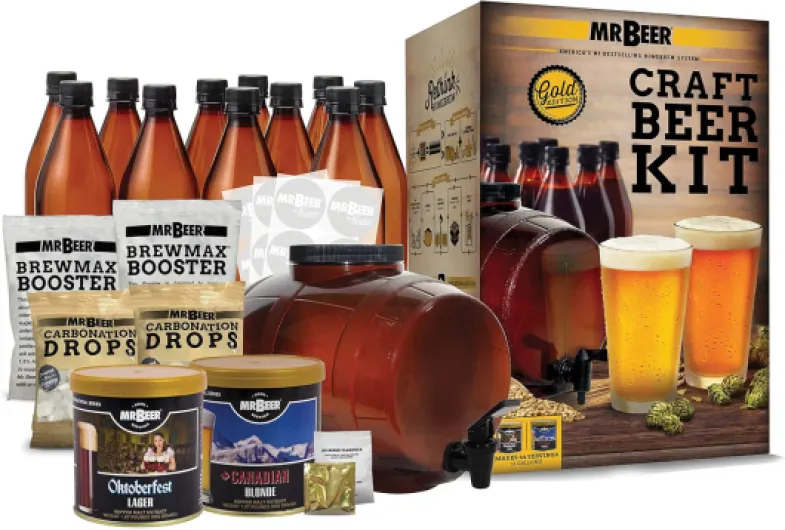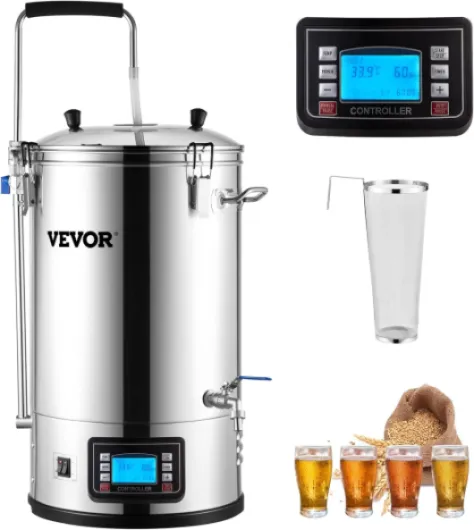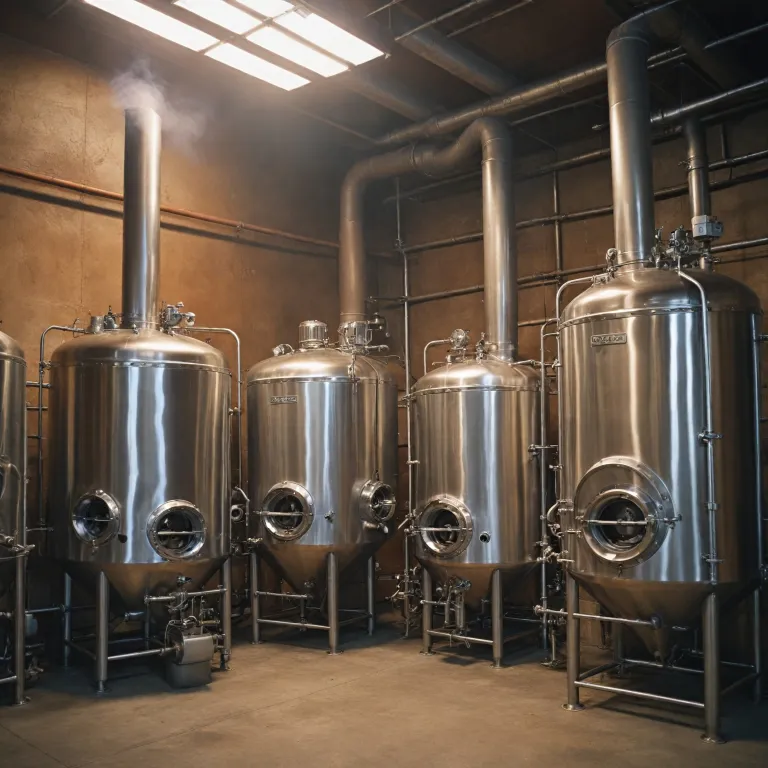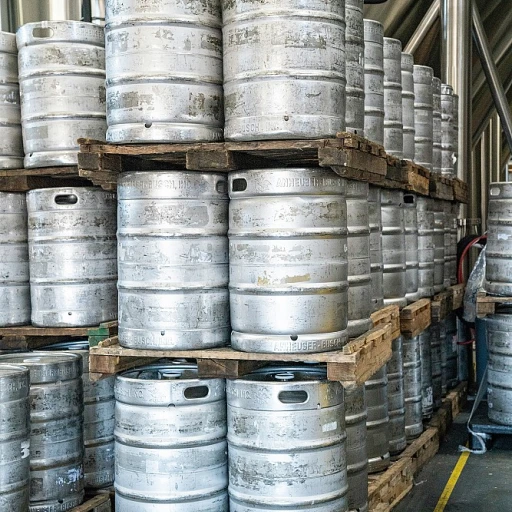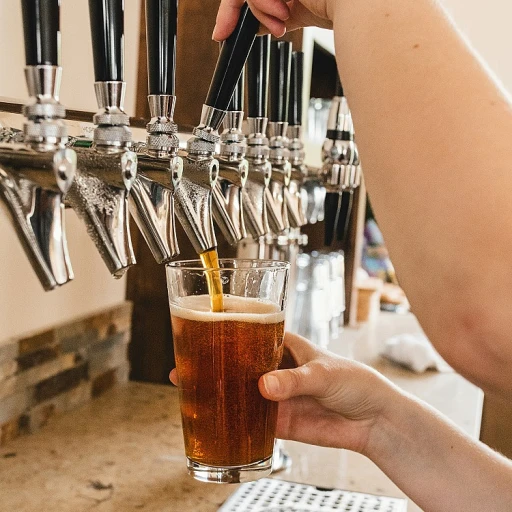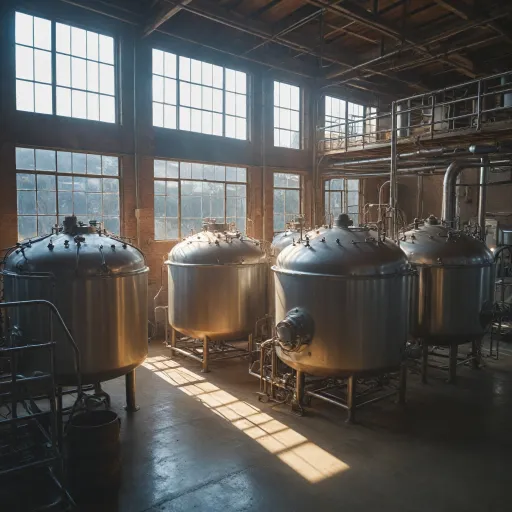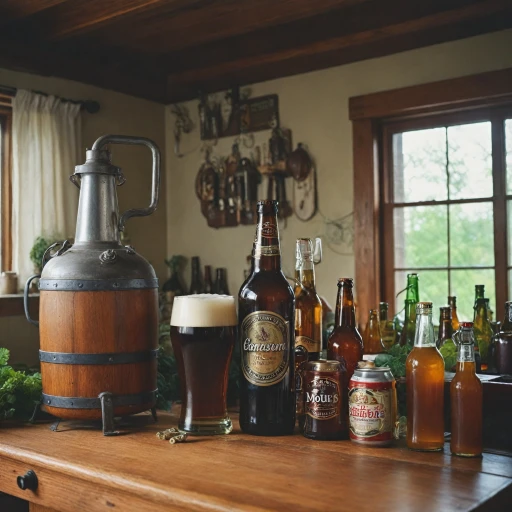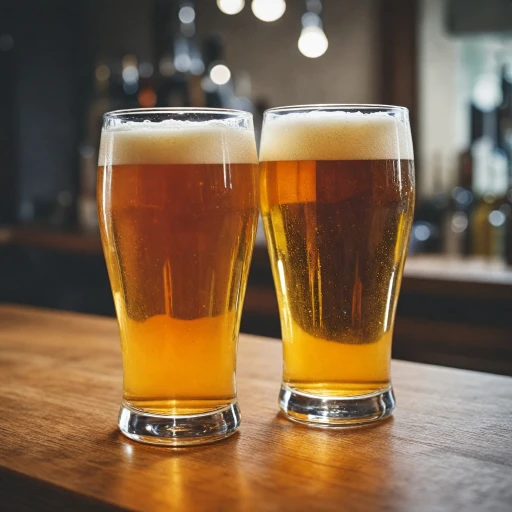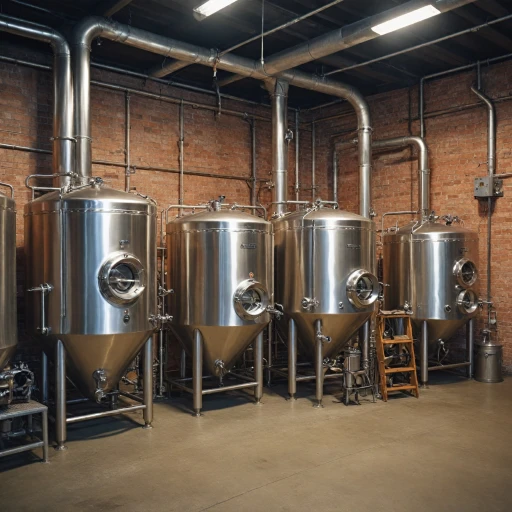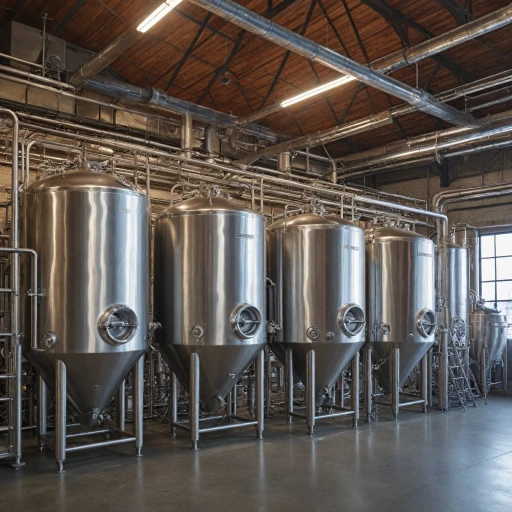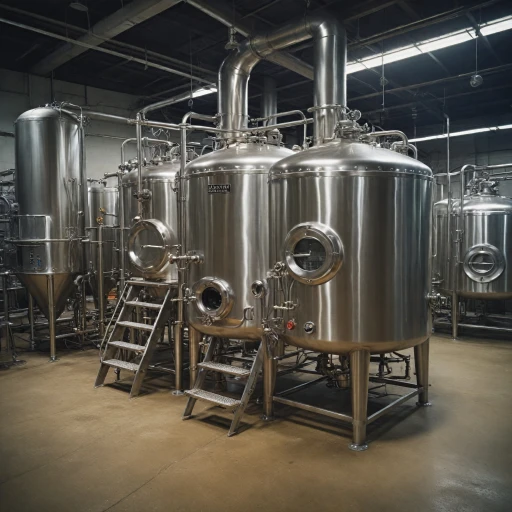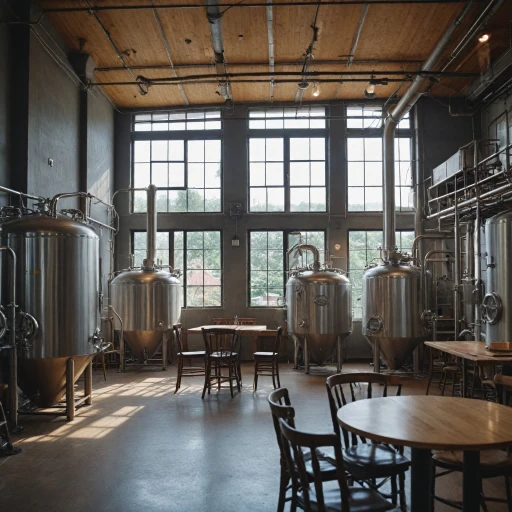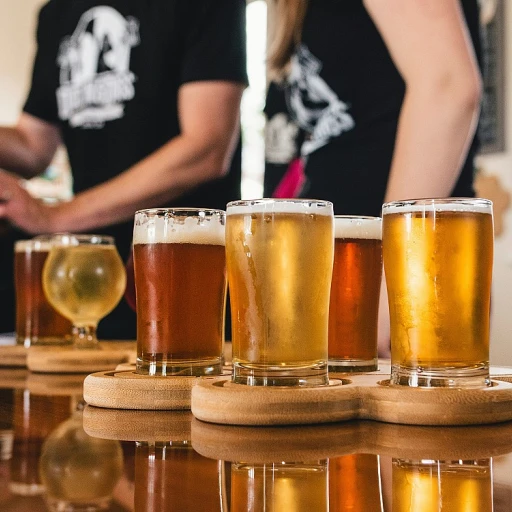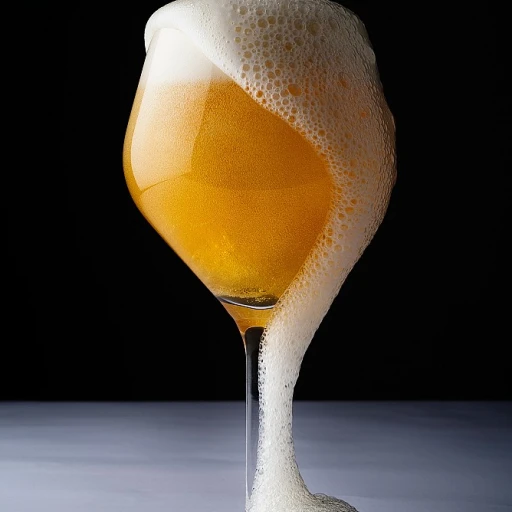
What is Diacetyl and Why Does it Matter?
Decoding the Diacetyl Phenomenon
Diacetyl is a natural byproduct of yeast metabolism during the fermentation process. This compound is known for imparting a buttery or butterscotch-like aroma and flavor to beer. While a hint of diacetyl might complement certain beer styles, its presence in excess can be off-putting and is often considered a flaw.
The importance of managing diacetyl levels hinges on maintaining the desired taste and aroma profile of the beer. Brewers must pay careful attention to the art of fermentation as controlling fermentation conditions can significantly influence diacetyl production. Understanding its role is thus crucial for achieving the perfect balance in your brew.
In future sections, we'll delve into the science of diacetyl formation, how to control it during brewing, and its impact on different beer styles. For homebrewers, gaining insights into minimizing unwanted diacetyl can be essential for crafting high-quality beer.
The Science Behind Diacetyl Formation
Unmasking the Chemical Process
Diacetyl is a byproduct of fermentation, primarily formed during the yeast's processing of sugars into alcohol and carbon dioxide. The yeast metabolizes carbohydrates like maltose, producing several compounds, with diacetyl being one of them. This compound is initially released as a precursor, known as alpha-acetolactate, which is not aromatic on its own. However, it converts into diacetyl as it is oxidized, particularly at warmer temperatures.
Beyond the yeast's activity, diacetyl can also form from bacterial sources, a concern when sanitation is less than optimal. Wild bacteria like lactobacillus can contribute to higher diacetyl levels, altering the intended flavor profile of the beer. Understanding the conditions under which these reactions occur is crucial in maintaining control over diacetyl presence and ensuring the desired beer taste.
For brewers, the importance of fermentation can't be overstated. You can explore more about the nuances of fermentation and its vessels by taking a look at our comprehensive guide on fermentation tanks.
Overall, careful monitoring and understanding of these biochemical processes are essential for brewers aiming to produce high-quality beers with the desired aroma and flavor profiles.
Managing Diacetyl Levels in Brewing
Strategies for Controlling Diacetyl in Brewing
Managing diacetyl levels is a crucial aspect of the brewing process, as it has a significant impact on the final taste and quality of the beer. Brewers must be vigilant in monitoring and controlling the formation of diacetyl, ensuring it remains within desired parameters.- Yeast Selection and Health: The choice of yeast strain can greatly influence diacetyl production. Brewers should opt for strains known for minimal diacetyl production and pay close attention to yeast health. Proper yeast management, including aeration and nutrient monitoring, is essential for minimizing unwanted diacetyl.
- Temperature Control: The temperature during fermentation plays a pivotal role in diacetyl management. A higher fermentation temperature can accelerate the reduction of diacetyl by yeast. However, brewers must also consider the optimal temperature range for their specific yeast strain to avoid off-flavors. Exploring different beer tanks can offer insights into maintaining precise temperature control.
- Maturation Time: Allowing the beer adequate time for maturation, or "lagering," can enable yeast to consume excess diacetyl. This resting phase is critical, as rushing the process may leave unwanted flavors in the final product.
- Fermentation Practices: Vigorous fermentation can often reduce diacetyl levels more effectively. Implementing fermentation practices that promote healthy and active yeast growth will help in managing diacetyl.
- Monitoring and Testing: Regular testing of beer during and after fermentation is crucial. Brewers can detect diacetyl levels early and make necessary adjustments, ensuring quality control throughout the brewing process.
Diacetyl in Different Beer Styles
The Presence of Diacetyl Across Various Beers
Diacetyl, an influential compound in brewing, finds different expressions in various beer styles. Its buttery note, for some, is a cherished characteristic of traditional styles, while for others, it is an unintentional flaw.
Here are some insights into how diacetyl fits into different beer styles:
- English Ales: In styles like English Bitters and Mild Ales, a subtle diacetyl presence is often acceptable and even desired. It provides a creamy mouthfeel and complements the malt-driven profile of these beers.
- American Ales: Conversely, in American Pale Ales and IPAs, the emphasis is more on hop character. Diacetyl is generally unwelcome here, as it can mute the vibrant citrus and pine notes that these styles are known for.
- Lagers: Many lager styles, particularly those with a clean and crisp finish such as Pilsners, aim for minimal to no diacetyl. Its presence can clash with the refreshing qualities and subtle hop bitterness.
- Belgian Beers: Some Belgian styles, like Abbey Ales, can support slight diacetyl levels due to their complex yeast and ester profiles, adding to the overall richness.
Whether diacetyl is perceived as a feature or a flaw depends largely on the style and the brewer's intention. By understanding these nuances, brewers and enthusiasts can better appreciate the role diacetyl plays in each unique beer journey.

